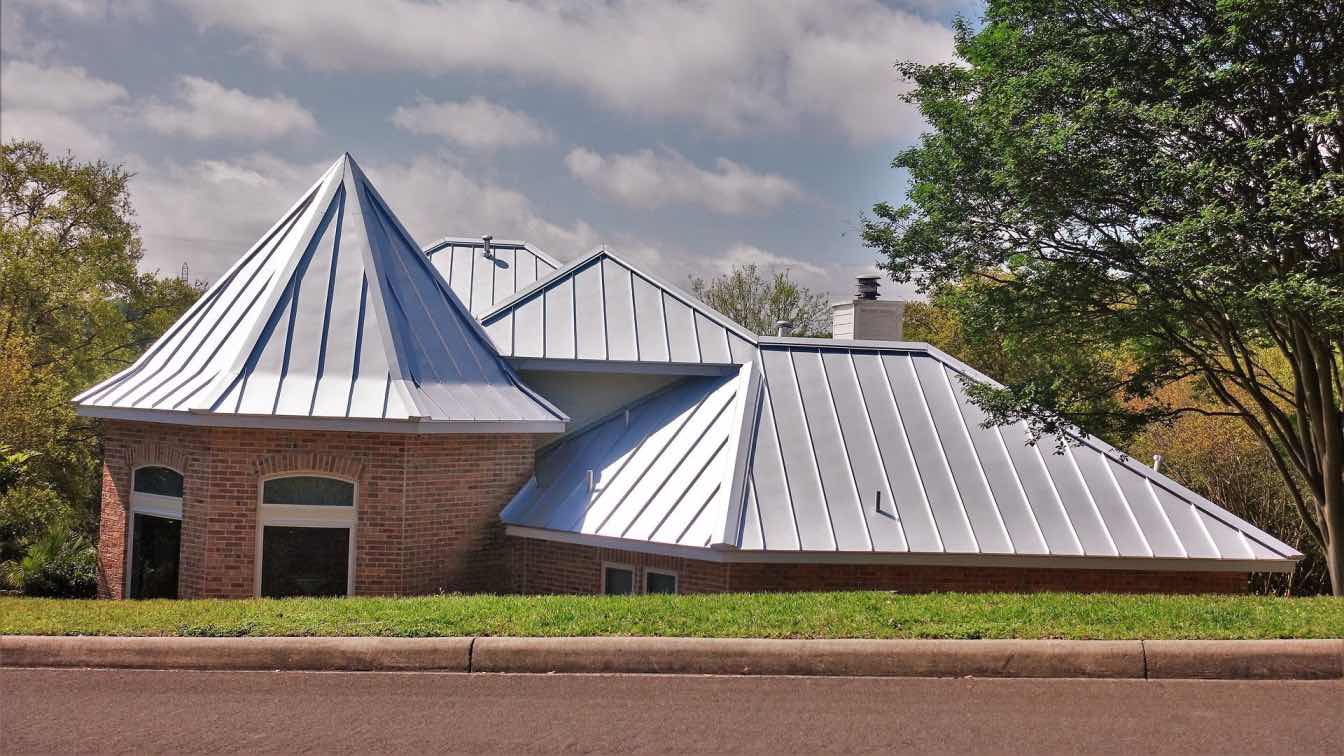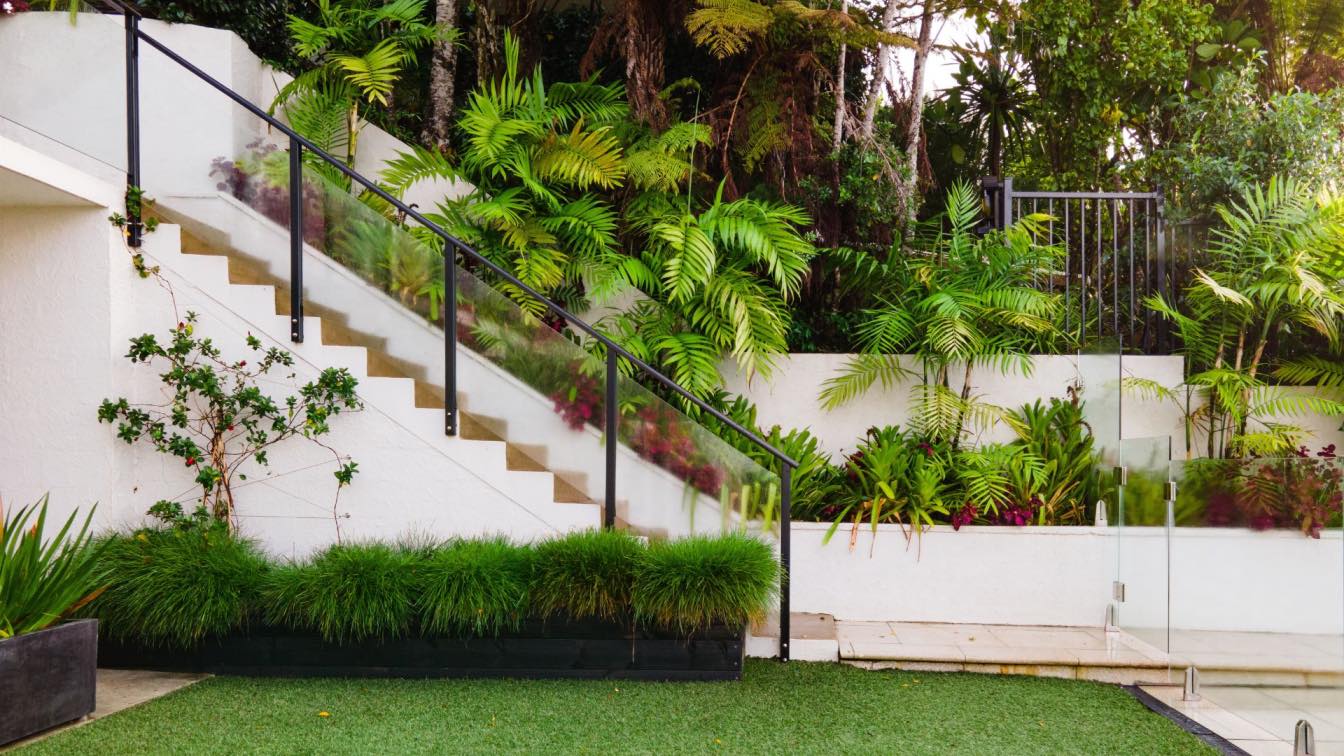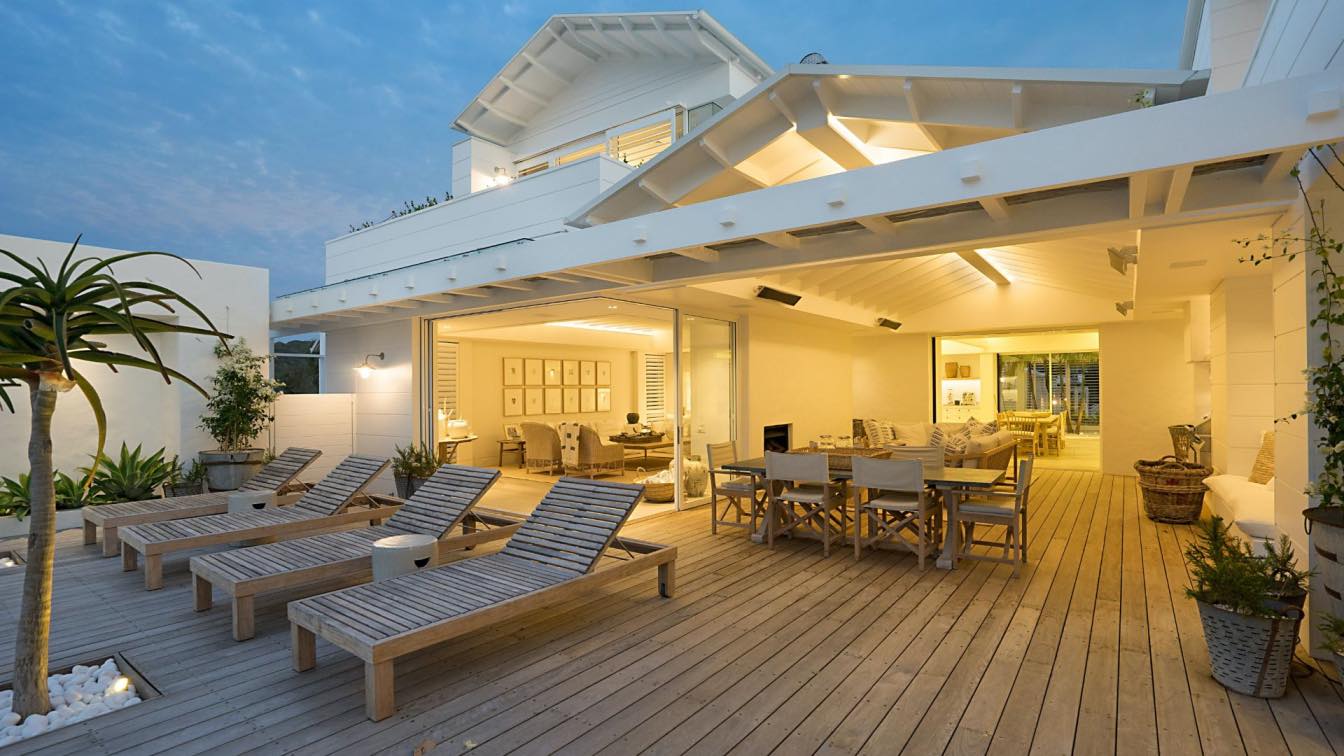Your roof is arguably one of the most important elements of your house, providing protection from harsh weather conditions and adding structural integrity to your property. Yet, choosing the right material for it might not be the easiest task out there with durability, cost, aesthetics, and other factors to take into account. Let's take a closer look at different types of roof materials and their characteristics to help you make an informed decision.
Asphalt Shingles
Asphalt shingles are the most popular roofing material in North America, covering the majority of existing homes. They are made of fiberglass mats coated with asphalt and mineral granules, providing a waterproof layer of protection for your home. One of the main advantages of asphalt shingles is their affordability, making them a popular choice for homeowners on a budget. They also come in a wide variety of colors and styles to match the desired aesthetic of your home.
However, asphalt shingles do have some downsides. They are not as durable as some other roofing materials and may require more frequent replacements or repairs and they have a shorter lifespan compared to metal roofs, typically lasting around 20-30 years.
Metal Roofing
Metal roofing is becoming an increasingly popular choice for homeowners seeking long-lasting and durable solutions. These roofs can last upwards of 50 years with the proper maintenance, offering excellent resistance to wind, rain, and even fire. Beyond their longevity, metal roofs come in a variety of styles, shapes, and colors, allowing for greater customization to match any home aesthetic. Most importantly, metal roofing options are more than a corrugated metal roof: they may include standing seam, metal shingles, and stone-coated steel. Their energy efficiency, typically reflecting solar radiant heat, helps reduce cooling costs, which is a practical choice for many.
Slate Tiles
Slate tiles have been used for roofing for centuries due to their durability and natural beauty. They are made from natural stone which gives them a unique look that adds character and value to any home. Slate tiles are highly resistant to fire, wind, and rain, making them a popular choice in areas with extreme weather conditions. They also have a long lifespan of around 100 years when properly maintained.
The main downside is that slate tiles can be quite costly and require specialized expertise for installation and repairs. They are also heavy, which may require additional structural support for your home.
Clay or Concrete Tiles
Clay or concrete tiles are another popular choice for homeowners seeking a visually appealing and durable roofing solution. They come in various shapes and colors, offering a distinct Mediterranean or Spanish style to your home. These tiles are highly resistant to fire and can withstand strong winds, but are not as durable in extreme weather conditions compared to slate tiles.
Bear in mind that clay or concrete tiles are also heavy and may require additional structural support. Worst of all, they can be more expensive than other roofing materials and may be prone to cracking if not installed properly.
Wood Shingles or Shakes
Wood shingles and shakes were once the most popular roofing materials in North America, but they have become less common due to their susceptibility to fire. They are made of natural wood like cedar, pine, and redwood, providing a rustic and charming aesthetic to any home.
The most notable advantage of wood shingles is that they are eco-friendly and biodegradable. They also offer good insulation, reducing energy costs. Unfortunately, this type of roofing requires regular maintenance and may not last as long as other materials. They are also more prone to rot, mold, and insect infestations.
Synthetic Roofing
Synthetic roofing materials, such as plastic, rubber, and polymer composites, are gaining popularity for their versatility and resilience. These roofing options are designed to mimic the appearance of traditional materials like wood, slate, or clay while offering enhanced durability and lower maintenance requirements. Synthetic roofs are typically lightweight, reducing the need for additional structural support, and they can withstand severe weather conditions.
Another advantage of synthetic roofing materials is their eco-friendliness. Many options are made from recycled materials, and they can be fully recycled at the end of their lifespan. They also offer good insulation properties, which can contribute to energy savings.
Green Roofing
Green roofs, also known as living roofs, are becoming an attractive option for environmentally conscious homeowners. These roofs are partially or completely covered with vegetation, planted over a waterproof membrane. Green roofs offer several benefits, including improved insulation, reduced stormwater runoff, and enhanced biodiversity in urban areas. They can also extend the lifespan of the roofing membrane by protecting it from UV damage and temperature extremes.
Installation and maintenance of green roofs require specialized knowledge and expertise, making them more complex and potentially costly compared to other roofing options. Still, their environmental benefits and unique aesthetic make them a desirable choice for many homeowners.
Selecting the right roofing material for your home is a crucial decision that involves considering various factors such as durability, cost, aesthetics, and environmental impact. Whether you opt for the affordability of asphalt shingles, the longevity of metal roofing, the elegance of slate tiles, or the eco-friendliness of green roofs, each option offers unique benefits and drawbacks. By carefully evaluating your needs and preferences, you can select a roofing solution that is sure to protect your home and enhance its overall value and appearance.





